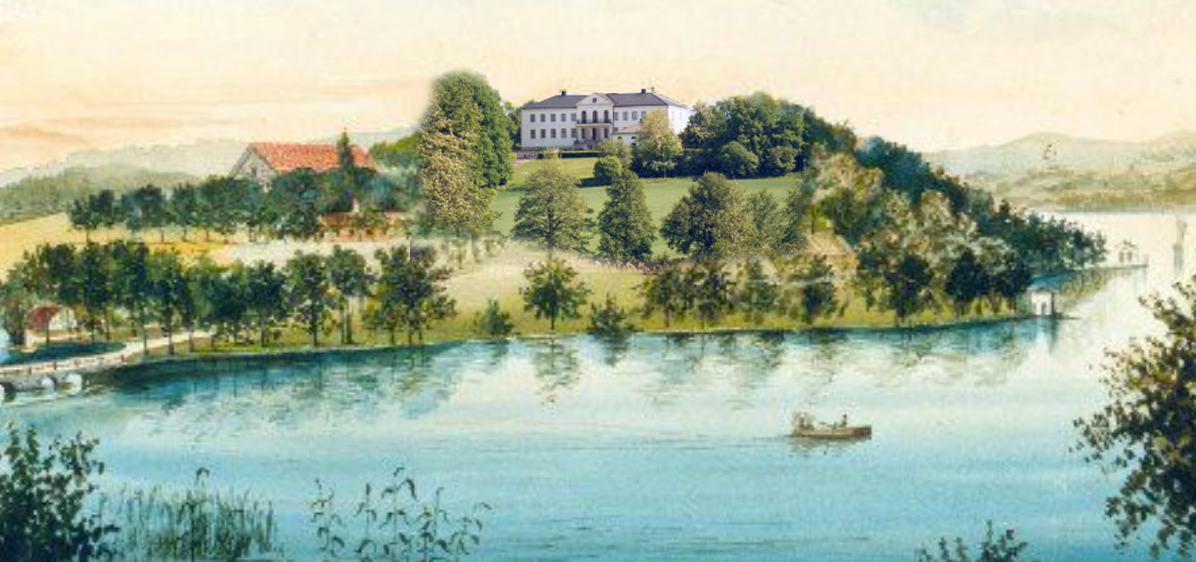Sekretessinställningar
Bestäm vilka kakor du vill tillåta.
Du kan ändra dessa inställningar när som helst. Detta kan dock leda till att vissa funktioner inte längre är tillgängliga. För information om att radera cookies, vänligen använd din webbläsares hjälpfunktion.
Läs mer om de cookies vi använder.
Med reglaget kan du aktivera eller inaktivera olika typer av cookies:
Den här webbplatsen kommer att:
- Remember which cookies group you accepted
- Väsentligt: Komma ihåg dina cookie inställningar
- Väsentligt: Tillåta session cookies
- Väsentligt: Hämta information du anger i kontaktformulär, nyhetsbrev och andra formulär på alla sidor
- Väsentligt: Hålla reda på vad du anger i en kundvagn
- Väsentligt: Godkänna att du är inloggad i ditt användarkonto
- Väsentligt: Komma ihåg den språkversion du valt
Den här webbplatsen kommer inte att:
- Komma ihåg dina inloggningsuppgifter
- Funktionalitet: Komma ihåg sociala medier inställningar
- Funktionalitet: Komma ihåg val av region och land
- Analytics: Hålla reda på dina besökta sidor och interaktioner
- Analytics: Hålla reda på din plats och region baserat på ditt IP-nummer
- Analytics: Hålla koll på tiden som spenderas på varje sida
- Analytics: Öka datakvaliteten för statistikfunktionerna
- Reklam: Skräddarsy information och reklam för dina intressen baserat på t.ex. innehållet du har besökt före. (För närvarande använder vi inte spårning- eller spårnings cookies
- Reklam: Samla personlig identifierbar information som namn och plats
Den här webbplatsen kommer att:
- Remember which cookies group you accepted
- Väsentligt: Komma ihåg dina cookie-tillståndsinställningar Väsentligt: Tillåta session cookies Väsentligt: Hämta information du anger i kontaktformulär, nyhetsbrev och andra formulär på alla sidor
- Väsentligt: Hålla reda på vad du anger i en kundvagn
- Väsentligt: Godkänna att du är inloggad i ditt användarkonto
- Väsentligt: Komma ihåg den språkversion du valt
- Funktionalitet: Komma ihåg sociala medier inställningar
- Funktionalitet: Komma ihåg val av region och land
Den här webbplatsen kommer inte att:
- Komma ihåg dina inloggningsuppgifter
- Analytics: Hålla reda på dina besökta sidor och interaktioner
- Analytics: Hålla reda på din plats och region baserat på ditt IP-nummer
- Analytics: Hålla koll på tiden som spenderas på varje sida
- Analytics: Öka datakvaliteten för statistikfunktionerna
- Reklam: Skräddarsy information och reklam för dina intressen baserat på t.ex. innehållet du har besökt före. (För närvarande använder vi inte spårning- eller spårnings cookies
- Reklam: Samla personlig identifierbar information som namn och plats
Den här webbplatsen kommer att:
- Remember which cookies group you accepted
- Väsentligt: Komma ihåg dina cookie-tillståndsinställningar
- Väsentligt: Tillåta session cookies
- Väsentligt: Hämta information du anger i kontaktformulär, nyhetsbrev och andra formulär på alla sidor
- Väsentligt: Hålla reda på vad du anger i en kundvagn
- Väsentligt: Godkänna att du är inloggad i ditt användarkonto
- Väsentligt: Komma ihåg den språkversion du valt
- Funktionalitet: Komma ihåg sociala medier inställningar
- Funktionalitet: Komma ihåg val av region och land
- Analytics: Hålla reda på dina besökta sidor och interaktioner
- Analytics: Hålla reda på din plats och region baserat på ditt IP-nummer
- Analytics: Hålla koll på tiden som spenderas på varje sida
- Analytics: Öka datakvaliteten för statistikfunktionerna
Den här webbplatsen kommer inte att:
- Komma ihåg dina inloggningsuppgifter
- Reklam: Använda information för skräddarsydd annonsering med tredje part
- Reklam: Tillåta dig att ansluta till sociala webbplatser
- Reklam: Identifiera enhet du använder
- Reklam: Samla personlig identifierbar information som namn och plats
Den här webbplatsen kommer att:
- Remember which cookies group you accepted
- Väsentligt: Komma ihåg din cookie inställningar
- Väsentligt: Tillåta session cookies
- Väsentligt: Hämta information du anger i kontaktformulär, nyhetsbrev och andra formulär på alla sidor
- Väsentligt: Hålla reda på vad du anger i en kundvagn
- Väsentligt: Godkänna att du är inloggad i ditt användarkonto
- Väsentligt: Komma ihåg den språkversion du valt
- Funktionalitet: Komma ihåg sociala medier-inställningar
- Funktionalitet: Komma ihåg val av region och land
- Analytics: Hålla reda på dina besökta sidor och interaktioner
- Analytics: Hålla reda på din plats och region baserat på ditt IP-nummer
- Analytics: Hålla koll på tiden som spenderas på varje sida
- Analytics: Öka datakvaliteten för statistikfunktionerna
- Reklam: Använda information för skräddarsydd annonsering med tredje part
- Reklam: Tillåta dig att ansluta till sociala webbplatser
- Reklam: Identifiera enhet du använder
- Reklam: Samla personligt identifierbar information som namn och plats
Den här webbplatsen kommer inte att:
- Komma ihåg dina inloggningsuppgifter såvida du inte själv valt det

